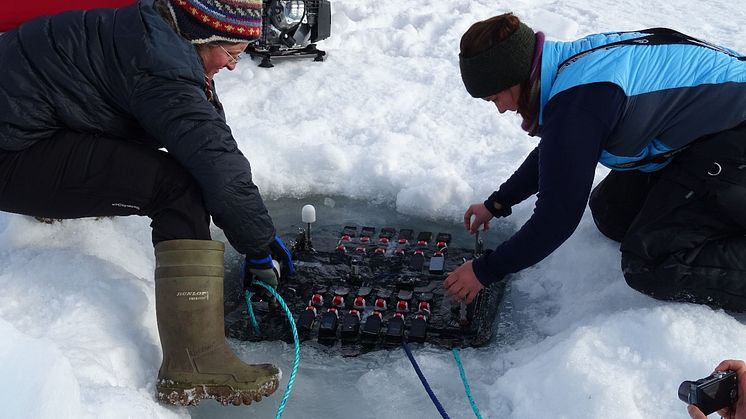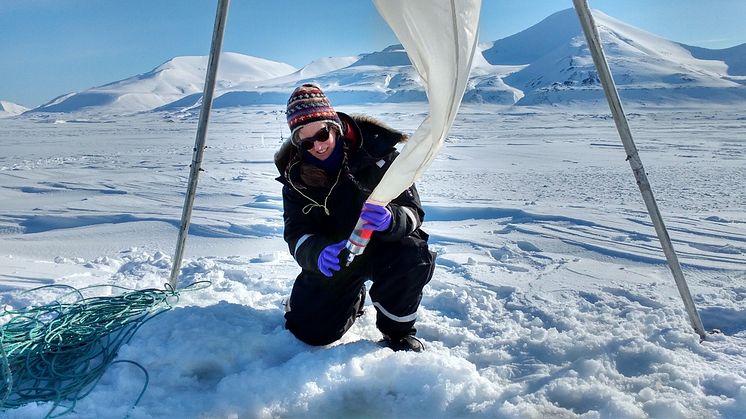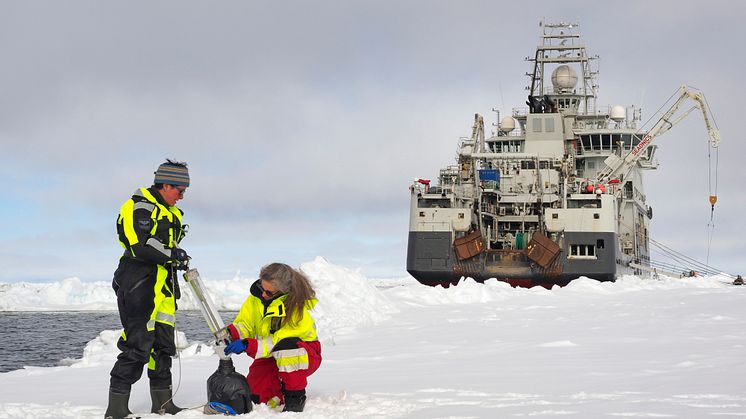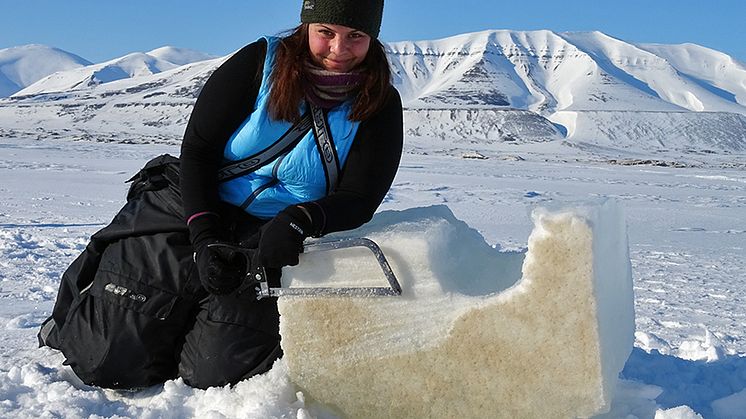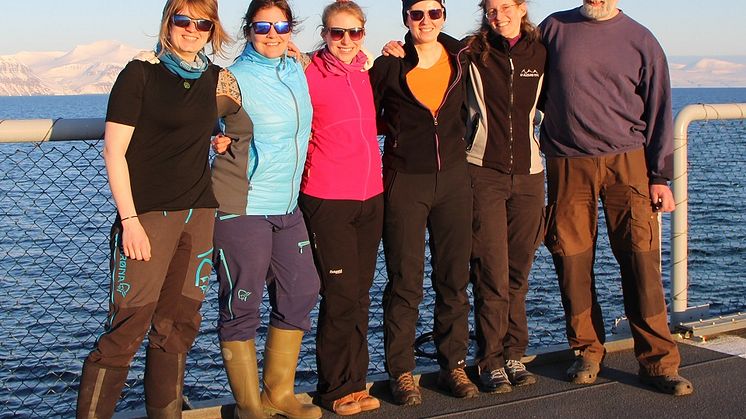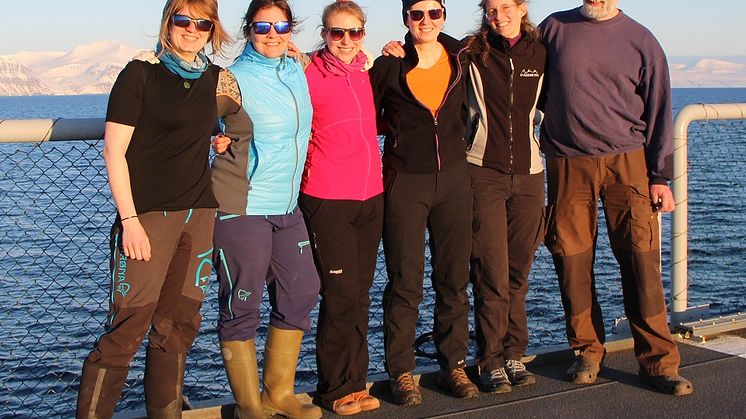
Nyhet -
What do we know about environmental control of Arctic algae blooms?
Successful international online workshop - What do we know about environmental control of Arctic algae blooms? Highlighting recent findings in observation and modelling, and discussing knowledge gaps and challenges
Recently more than 50 researchers and graduate students from various European countries, Canada and the US participated in a four-days workshop organized by Akvaplan-niva's senior scientist Eva Leu together with colleagues from three different projects funded under the Changing Arctic Ocean program (link: https://www.changing-arctic-ocean.ac.uk/).
The workshop was organized in conjunction with the final meeting of the FAABulous project (link: https://www.mare-incognitum.no/faabulous/) soon finishing after five years. Two days were used for discussing results from observational studies about Arctic algal blooms in sea ice and water in various Arctic systems, with invited speakers presenting their most recent work. More than 1/3 of all presentations were held by recently graduated PhD students and postdocs.
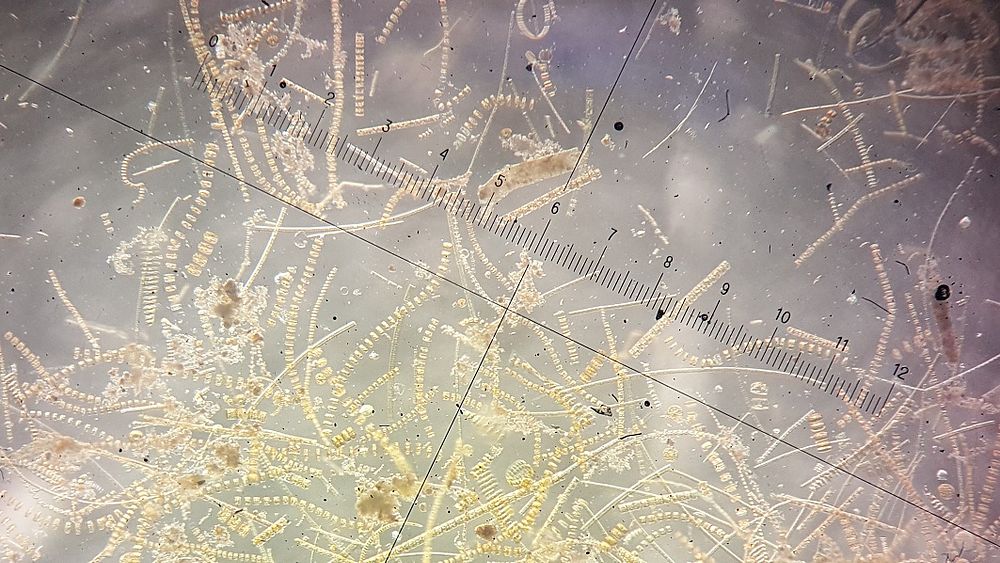
Photo: Spring algae bloom
One day was dedicated to presentations about light as a key driver for algal blooms (and other biological processes), including first results from the recently completed MOSAiC expedition. The fourth day was dedicated to modelling approaches of algal dynamics in a changing Arctic. The feedback from the participants was overwhelmingly positive, and the organizers are discussing whether they might continue with a series of online seminars in a similar format (only 1 day at a time, though).

Photo: Ice algae bloom
The workshop was supported by ARCTOS and the funding agencies RCN, NERC and BMBF, and organized on behalf of the following projects: FAABulous: Future Arctic Algae Blooms – and their role in the context of climate change, EcoLight: Ecosystem functions controlled by sea ice and light in a changing Arctic, Arctic PRIZE: Arctic Productivity in the seasonal ice zone, and DiatomARCTIC: Diatom autecological responses with changes to ice cover.

